After a tumultuous end to 2024 for Scottish farmers and crofters, what lies in store for the industry during 2025? Keith Findlay gets out his crystal ball.
The UK Government’s decision to slash valuable inheritance tax reliefs for Britain’s hard-working farmers went down like a lead balloon.
It will shape the fortunes of the sector throughout 2025 and beyond.
Chancellor Rachel Reeves could hardly have upset farmers more when she announced the move in her Autumn Budget.
Having said that, there were warnings in advance for what she was planning.
I wrote about the threat facing family farms weeks before it came to pass.
Chancellor Rachel Reeves could hardly have upset farmers more when she announced the move in her Autumn Budget.”
Gordon and Buchan Tory MP Harriet Cross had written to Ms Reeves and the Department for Environment Food and Rural Affairs seeking assurances over the reliefs.
It was a “make or break” issue for many farming families, Ms Cross warned.
In her letter to the chancellor, she said: “Agricultural property relief and other inheritance tax reliefs are vital for ensuring our nation’s farms, particularly those facing financial strain, can be passed intact between generations.”
Scrapping these combined reliefs “could and in many cases will be the difference between a family farm surviving between generations, or having to be broken up and sold in order to generate cash to pay an inheritance tax bill,” she added.
Chancellor’s black hole conundrum leaves farmers suffering fiscal pain
In trying to fix the UK’s balance sheet after the previous government left behind a gaping hall in the nation’s finances, Ms Reeves chose to inflict fiscal pain on farmers.
And so began a major industry campaign, involving farmers and crofters throughout the UK, to force ministers into a U-turn before 100% property reliefs are scrapped in April 2026.
This will be the focus of NFU Scotland activity in 2025.
The union and its UK peers will try to discredit Treasury figures which suggest nearly three-quarters of British farms will suffer no impact from the inheritance tax changes.
In his latest blog, Martin Kennedy, the union’s president, said the issue had caused more concern among farmers across the UK than he had seen in decades.
He added: “There is still some misunderstanding as to why this is such an issue for agriculture.
Margins made in food production by the primary producer are very low.” Martin Kennedy, NFU Scotland
“The reason agricultural property relief (APR) and business property relief (BPR) were introduced as far back as 1984 and 1976 respectively was to allow the transfer of assets to the next generation without incurring a tax bill that would make it almost impossible to continue in said business without having to sell parts of the asset.
“For agriculture this is vital.
“Margins made in food production by the primary producer are very low.
“Recently, this has been exacerbated by some retailers intentionally selling vegetables way below the cost of production as a loss leader.
“This devalues food, encourages waste, and forces prices down to the extent it becomes unviable to grow.
“This production is done on valuable land that often only receives a return on that investment of around 0.5% – 1%.
“As a result of this low return, many businesses have diversified to top up the agricultural business to keep it afloat.
“I can’t think of any other business that has to diversify to augment the income of the core activity.
Farmers are to be taxed on their income-generating assets
“Can you imagine a garage business, an electrician business, a hotel chain business or indeed any business you can think of saying ‘I just cannot make enough money to keep this business afloat, I’m going to have to diversify into farming?’ I don’t think so.
“No one in this industry complains about paying tax on income. In fact, it is very healthy for any industry to pay income tax as that shows the business is making money.
“I can’t think of any other business that has to diversify to augment the income of the core activity.”
“What the UK Government is proposing is to tax the asset that is trying to generate that income.”
Union vows to keep up pressure
The union has vowed to “keep up the pressure until this is reviewed”.
Mr Kennedy added: “We will lobby Labour MPs, our banner and sticker campaign to #StopTheFamilyFarmTax will continue and the UK industry – driven by all four UK farming unions – will once again unite in a nationwide rally on January 25 2025.”
His point about the price of vegetables was all too apparent in the run-up to Christmas.
My local supermarkets were practically giving away potatoes, carrots and parsnips.
Great news for shoppers at an expensive time of the year, but not so for our farmers.
Read more: Are supermarkets getting lukewarm on Scottish produce?
What else is coming down the road?
Of course, there are other challenges facing the industry in the coming year.
A new financial support regime means farmers and crofters in Scotland need to meet certain conditions to qualify for direct payments.
They must have at least two audits and plans that form part of a “Whole Farm Plan” by May 15 2025.
Many farms and crofts already have some of these plans and audits in place –
through quality assurance or supply chain contracts, or as part of normal business
planning. If so, and these meet the minimum standards, this can be easily confirmed
in this year’s single application form.
New peatland conditions
New conditions will be introduced to cross-compliance in 2025 in the form of
peatland and wetland standards.
These will prohibit various activities like ploughing and cultivation, new
drainage, and practices that damage the vegetation cover and expose the peat.
Meanwhile, a new condition is being added to the Scottish Suckler Beef Support
Scheme (SSBSS) this year.
Calves will only be eligible if their dam has a calving interval of 410 days or less.
This change is aimed at helping balance productivity and profitability with cutting emissions,
The new condition will be measured on an individual animal basis, not on herd
averages.
Offspring of cattle with an established calving interval of more than 410
days will not receive a payment.
The first calves registered to any dam will be exempt from the calving interval threshold, so will remain eligible for payment provided that all other scheme conditions are met.
Calf scheme to last until at least 2028
It is intended the SSBSS will continue until at least 2028 to allow time for the
calving interval conditionality to become established within the overall scheme.
All of the funding changes north of the border are intended to help Scottish farmers and crofters do more to produce food sustainably, while also cutting emissions.
Another new bit of legislation farmers and crofters, particularly those with poultry, should already be aware of concerns the requirements of the new Scottish Kept Bird Register.
Launched in support of the Avian Influenza (Preventive Measures) (Scotland) Amendment Order 2024, all bird keepers – even those who keep only a single bird – must comply.
The registration requirement does not apply to parrots, budgerigars or certain other birds which that are housed only indoors, or else outdoors in a fully enclosed structure.
Be aware of the rules
However, any birds that are taken outdoors at any time, for example to be exercised, trained, or taken to bird gatherings and/or shows, must be registered.
Poultry farmers will, of course, have to register their birds.
According to the rural consultancy team at property firm Knight Frank, political uncertainty, financial pressures and environmental priorities tested resilience across the sector during 2024.
‘Forward-thinking’ key for farmers
But these have all “underscored the need for adaptability and forward-thinking strategies” in the year ahead, Knight Frank said.
The team anticipates both opportunities and uncertainties for the farming sector.
For Simon Britton, partner and head of agri consultancy, the focus must be on financial resilience and preparation.
He added: “Businesses need to review their operations, understand their financial position and create clear, achievable plans.
“Strategic partnerships with trusted consultants will also be key in understanding the implications of the proposed APR and BPR changes, and planning for succession.”
‘Creativity and action’
Fellow Knight Frank partner James Shepherd said: “2025 will demand creativity and action.
“It’s a year where businesses must plan for change, and can move beyond reacting to challenges and start shaping their own futures.
“Those who plan strategically and think boldly will find themselves ahead of the curve.”
Growing interest in natural capital
Another partner of the firm, Claire Whitfield, said she expected “natural capital solutions to continue gathering momentum”.
She added: “There is growing recognition that these initiatives can serve multiple purposes – enhancing biodiversity, addressing climate resilience and offering new income streams for landowners.
“For rural businesses, this represents a unique opportunity to align land use with both environmental priorities and income generation.”
More diversification
For Alice Keith, an associate in Knight Frank’s farms and estates team, diversification remains a key theme in 2025.
Ms Keith added: “Marginal land which might not be suited to commercial agriculture is brimming with potential.
“Biodiversity projects, tree planting and carbon offsetting, together with renewable energy schemes are all areas for consideration. These opportunities demand careful planning, but the returns can be significant.”

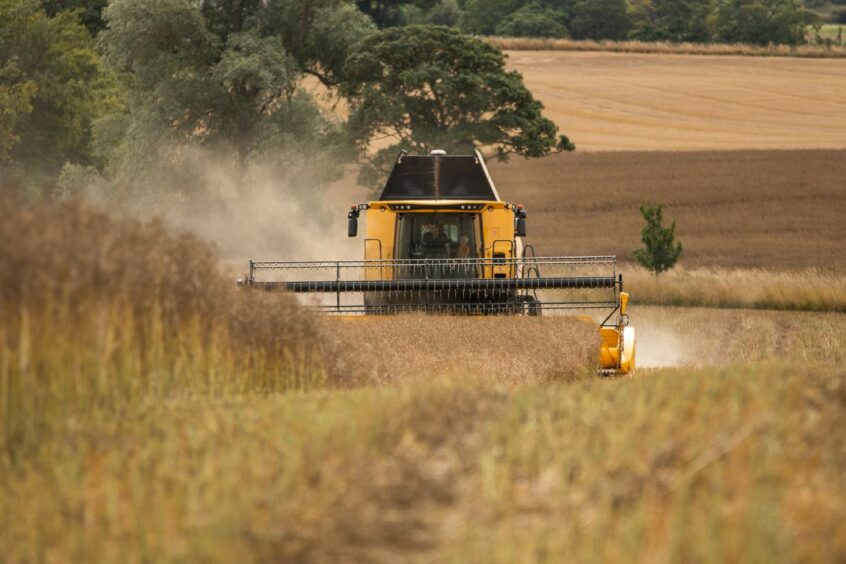
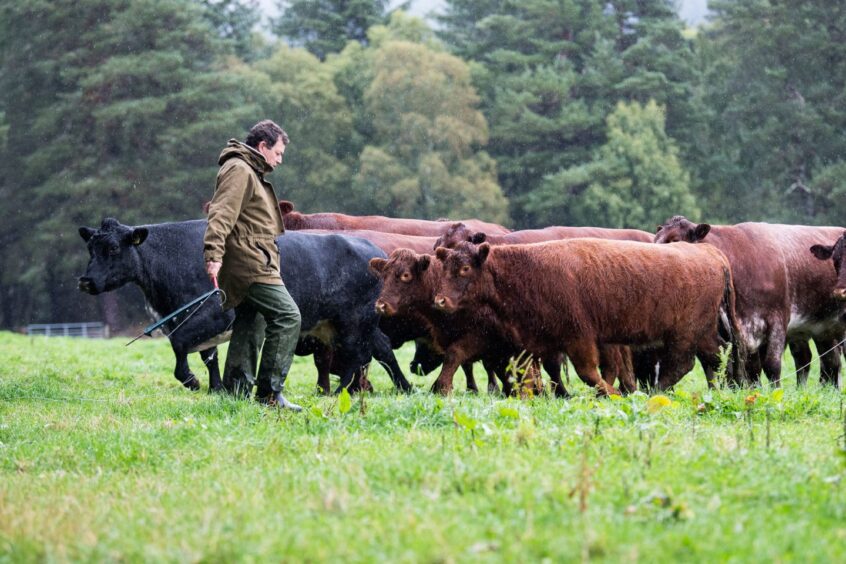
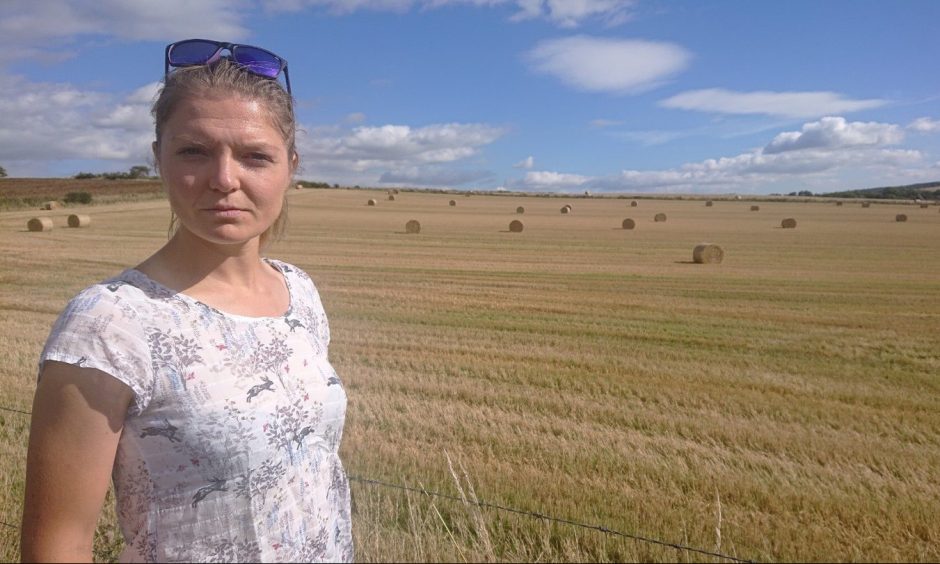
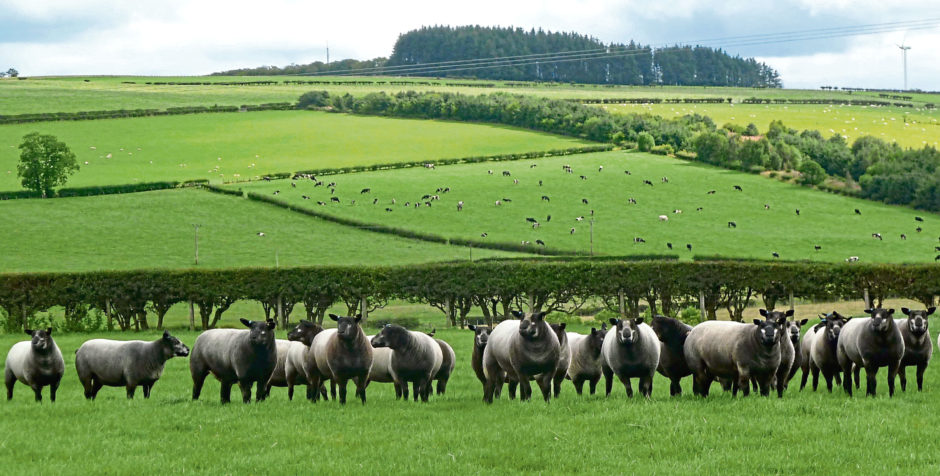
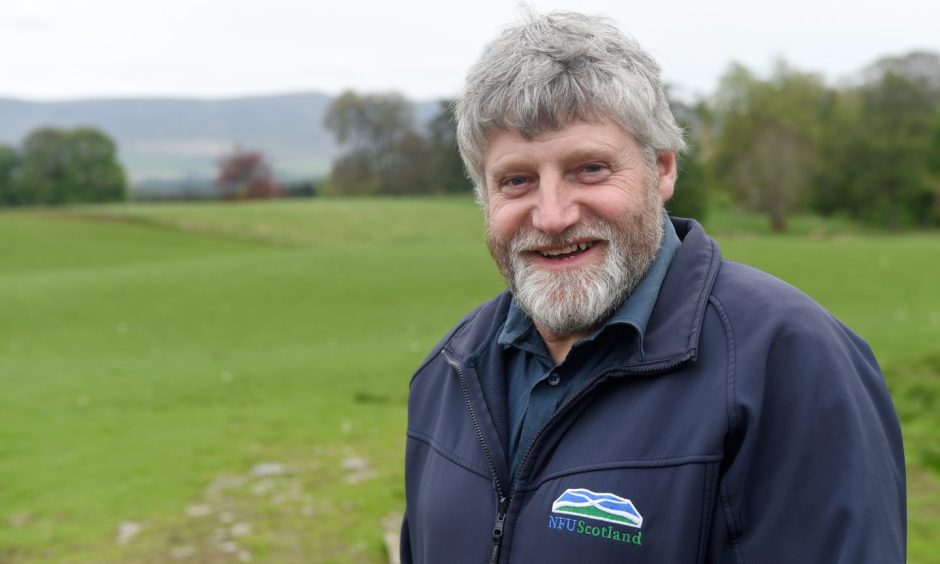
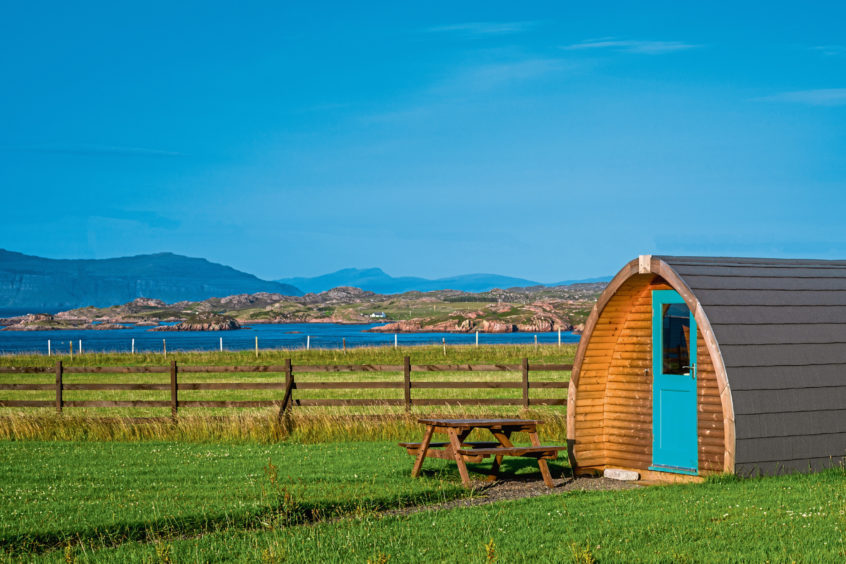
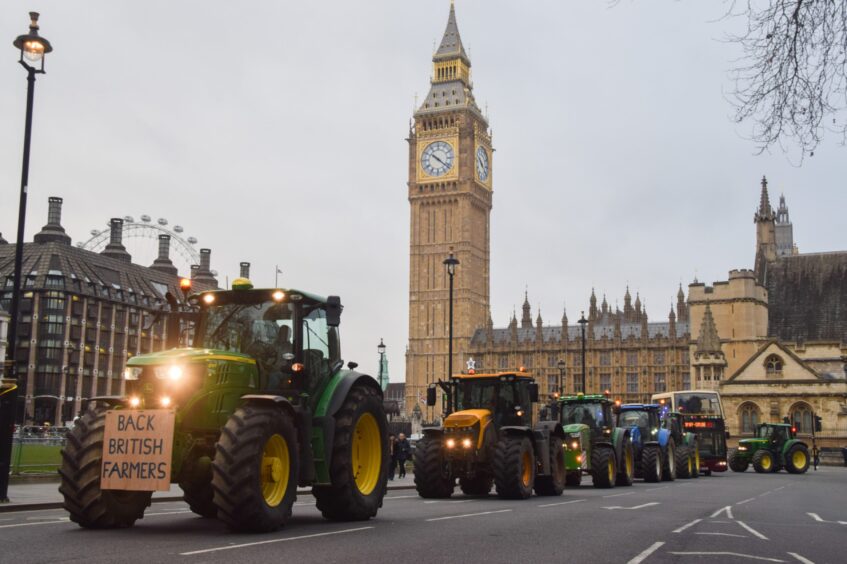
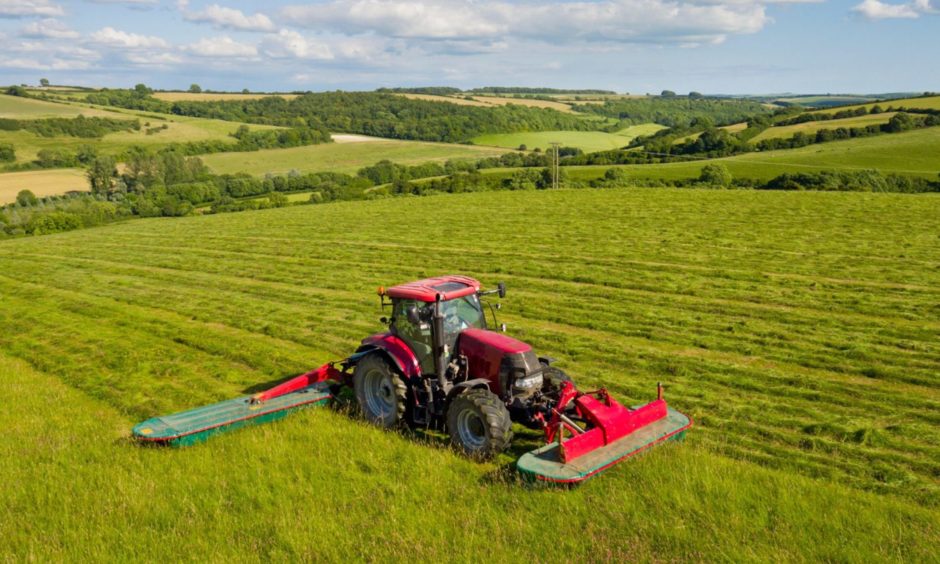
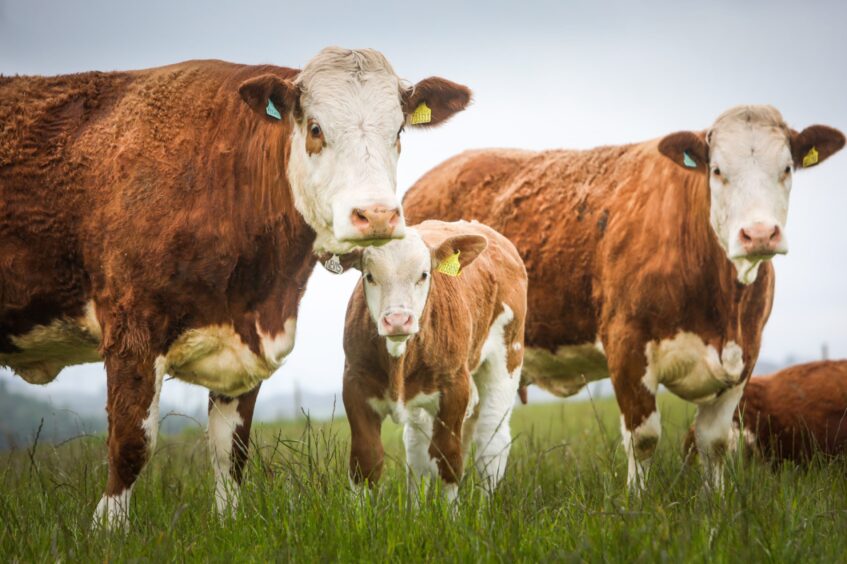
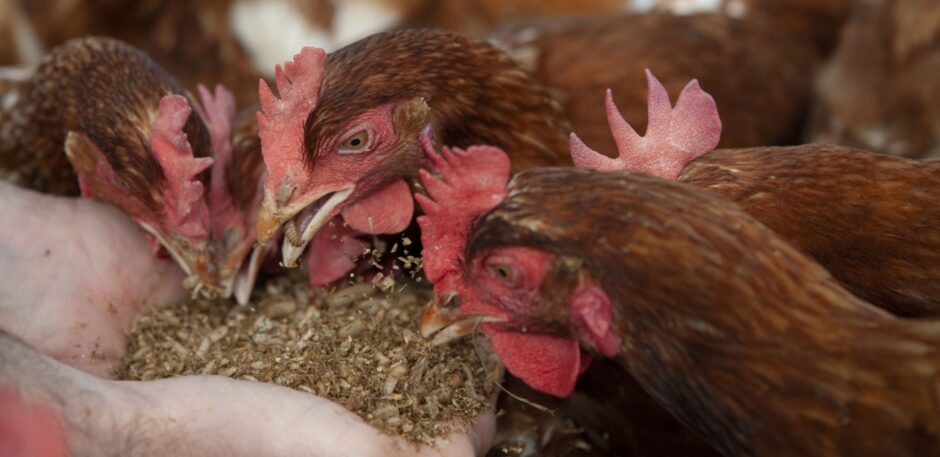
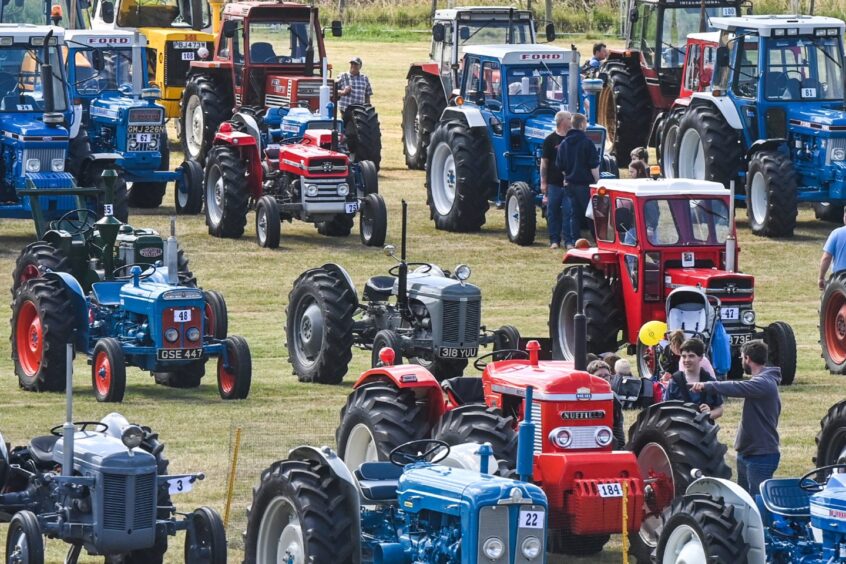
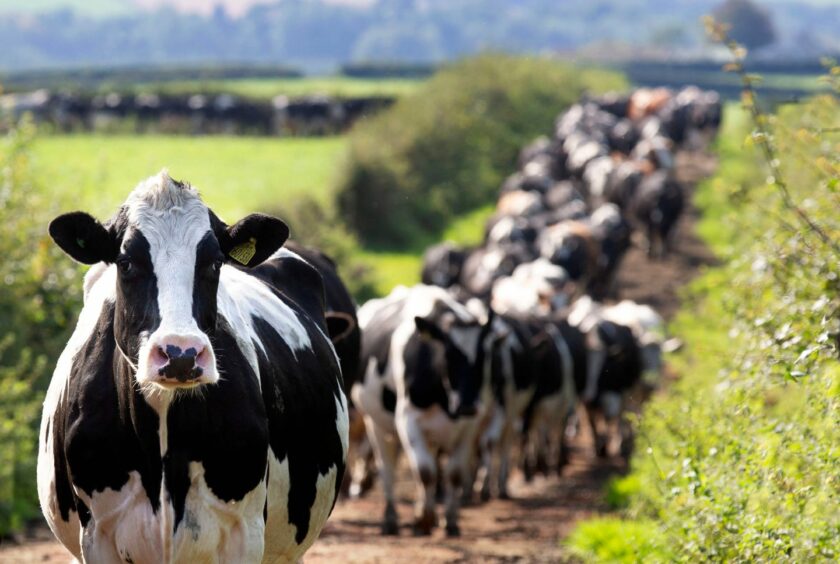
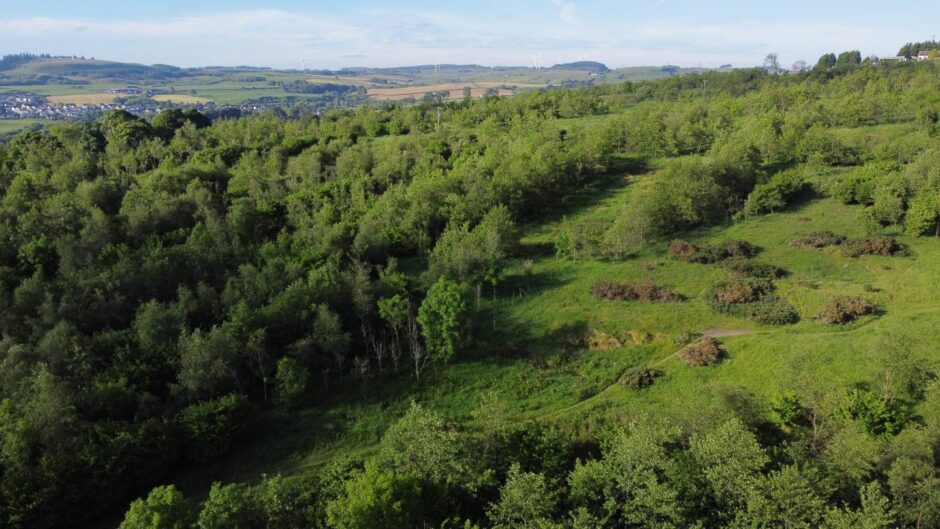
Conversation